
10 hardy plants for an exotic dry garden
Planting advice for plants with graphic foliage in very dry soil
Contents
Dry, desert-like gardens are all the rage. This type of landscaping, known as xeriscaping or xero-landscaping among specialists, offers the huge advantage of needing no watering while providing a very distinctive style. Clearly, you either love it or you don’t but… if you dream of Lawrence of Arabia, dromedaries and dunes and you hum ‘I’m poor lonesome cow-boy‘ as soon as you are alone in a room, you will adore these desert atmospheres and will want nothing more than to recreate them in your garden.
Good news, it’s entirely possible! Plants from very dry, even desert, mediums with sublime, highly graphic foliage can grow in our latitudes if you take care to give them a very free-draining substrate. Here is our selection of favourite bushes and perennials.
Aloe striatula - shrubby aloe - Hardiness -10 °C
This remarkable shrubby aloe comes from the mountains of South Africa. Its elegant, melliferous flowering in spikes of yellow flowers in late spring is reminiscent of Kniphofias. Aloe striatula is a rather hardy plant that tolerates cold winters provided it has very free-draining soil. It is therefore a plant best suited to steep, stony slopes in full sun and sheltered from wind. It can also be grown in a pot and moved into a cool greenhouse in the harshest climates. Of handsome stature, this plant will reach 150 cm in height with a spread of around 200 cm.
→ To read, to learn everything: “Aloes: planting, growing and care” and Choosing an Aloe
Beschorneria yuccoides - spectacular flowering - Hardiness -10°C
Beschorneria yuccoides, or more simply “Mexican lily“, is an intriguing dry-soil plant. It is a perennial plant that forms a large clump of narrow leaves, making it look, from a distance, like a simple Yucca (hence the species name). But it is clearly the flowering that is most spectacular: a vermilion inflorescence bending to one side under the weight of a multitude of tubular, nectariferous flowers. The variety ‘Quick silver’ also has silvery foliage, which further enhances its ornamental character. This plant prefers well-drained soils but can slip among tree roots to dress the edges of a bed of bushes on a dry, sunny site.
Discover other Exotic shrubs
View all →Available in 1 sizes
Available in 1 sizes
Available in 1 sizes
Available in 0 sizes
Available in 2 sizes
Available in 0 sizes
Available in 1 sizes
Available in 1 sizes
Available in 1 sizes
Available in 1 sizes
Opuntia egelmannii - Prickly pear cactus - Hardiness -15°C
Opuntia egelmannii ‘Linguiformis’ produces its famous prickly pear pads, not round but tongue-shaped. Although less practical for playing tennis, it nevertheless becomes far more decorative and original than the type species. Its beautiful red fruits remain on the plant throughout winter. In barely five years, this prickly pear cactus will form a dense bush about one and a half metres in every direction. Accustomed to growing on the driest soils, Opuntia will thrive in a large rockery, an arid bank or a dry garden. This cactus can be grown in all regions of France and Belgium. However, take care in the coldest areas: it does not like cold wind and even less snow, which can break its prickly pear pads (“tough luck — pads that don’t hold the snow…“).
→ to read, for everything you need to know: “Opuntia, prickly pear cactus: planting, growing and care”
Read also
Aloes: planting, growing and careAgave mediopicta 'Alba' - American agave - Hardiness -10°C
More slender than its Mexican cousin, American Agave is nevertheless a superb plant to welcome into your “little desert”: rockery or dry garden. It’s a perennial for dry soil and full sun, particularly architectural and colourful: its blue-green leaves are crossed by a broad cream-white band. Although hardy to -10°C, in cold climate it should be grown in a large container sheltered from frost. If you’re very lucky, you may admire the flowering of your American agave in mid-summer. Unfortunately, these flowers will also spell the end of your plant. Don’t panic however, it will be perpetuated by numerous offsets all around the deceased mother plant.
→ read this to learn everything: “Agave: to plant, to grow and to maintain”
Dasylirion wheeleri - a cousin of Yucca - Hardiness - 20 °C
No — it’s still not a Yucca… although Dasilirion wheeleri is a close relative. Very hardy, even in wet winters if planted on a draining layer, Dasilirion will fit well in most gardens. In rockeries, in a pot or planted in open ground for a contemporary garden, it will charm with its beautiful rosette of bluish leaves borne on a stipe that will grow over the years to reach a height of 1.7 metres. Once you have found a place for it, do not move it — its root system does not like that at all. Note that it can sometimes take up to 15 years to see it flower; it will then honour you with a spike of small yellow flowers.
Brahea armata - Mexican Blue Palm - Hardiness -10° C
Why not try a palm tree? A handsome one — a blue. Brahea armata comes from north-west Mexico and appreciates dry, poor soils. Sea spray doesn’t trouble it, but find it a sunny spot. Particularly suited to Mediterranean climate, it can nevertheless grow elsewhere in France provided you give it very free-draining soil. With fairly slow growth, Brahea armata will be highly ornamental from a young age thanks to its large evergreen leaves of a beautiful grey-blue. Over time, this charming palm can reach twelve metres in height.
→ Read to learn everything: “Palms: planting, to grow and to maintain”
Phormium tenax - New Zealand flax - Hardiness -10°C
Phormium tenax Phormium tenax, also called New Zealand flax, comes from… New Zealand. It displays attractive linear, upright foliage, but it is above all its summer flowering that is spectacular: beautiful upright spikes bearing red tubular, nectariferous flowers. This luxuriant perennial grows very well in any loosened soil. Hardier than often imagined, it is nevertheless generally recommended for regions with a mild climate and for coastal areas. There are many varieties, each more beautiful than the last, with purple or variegated foliage. Unfortunately, they are often somewhat less hardy than the species. In time, this perennial will grow up to two metres in all directions. So give it enough space in which it can thrive.
→ read to learn all about: “Phormium, New Zealand flax: planting, pruning, care”
Hesperaloe parviflora - Red yucca - Hardiness - 15°C
Despite its common name, Hesperaloe parviflora ‘Rubra’ is still not a Yucca. Native to the Chihuahuan Desert (“yes, yes, like the dog, same origin“), it is obviously a plant that likes sun and dry soils but copes very well with wet winters and tolerates down to -15 °C. This attractive perennial forms a large clump of long, fine evergreen leaves tinged with purple. Flowering occurs in mid-summer as ramified flower spikes bearing tubular flowers of a beautiful salmon-pink. It can form handsome clumps 60 cm across (without flower spike) and is regularly used in New Mexico and Arizona as groundcover. Why not try it in France for same use in dry gardens?
Yucca flaccida - A true Yucca this time - Hardiness -15 °C
Finally a true Yucca! And one of the most beautiful! The Yucca flaccida ‘Golden Sword’ lives up to its name: you would swear these leaves are a multitude of golden swords raised to the sky. In reality its foliage is yellow margined with a blue‑green and its flowering, which appears in summer on tall spikes of cream‑white flowers, is superb. It is a very hardy plant and very drought‑tolerant. The only thing this Yucca dreads: a spring that is too wet. It will grow very well in any well‑drained soil, even poor or very dry. Its irregular bushy habit gives it a height of one and a half metres in every direction, making it noticeable from afar, especially in winter.
→ read to learn all about: “Yucca: choice, planting, care, in pot or in garden“
Cylindropuntia imbricata - Quirky cactus - Hardiness -15° C
First time passing by a Cylindropuntia imbricata, people think: “What on earth is that thing?” On a second look, still no idea… In fact, it’s a strange cactus, cousin of Opuntia, made up of chubby bluish-green cylinders covered with thorns. Its small fuchsia-pink flowers are delightful and appear between June and July. Unlike other cacti, Cylindropuntia imbricata can tolerate almost anything: drought, cold and even snow do not faze it. It can be planted directly in ground without protection but always in well-drained soil and in full sun. Over the years it can reach nearly three metres in height!
- Subscribe!
- Contents
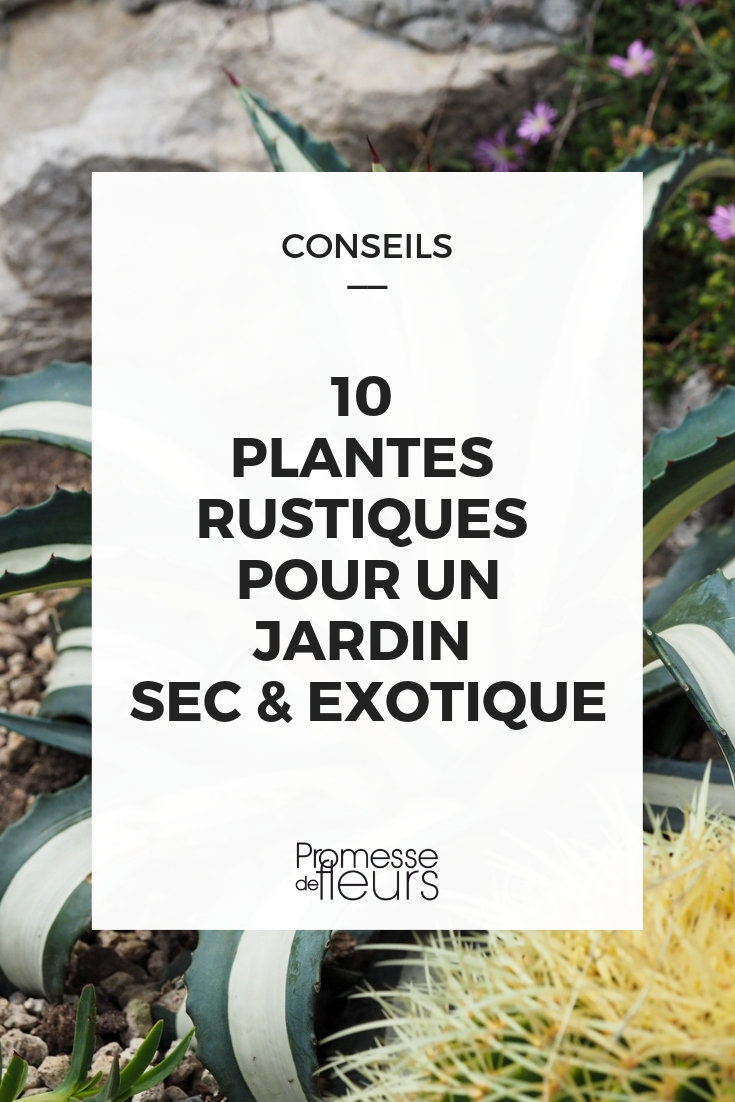































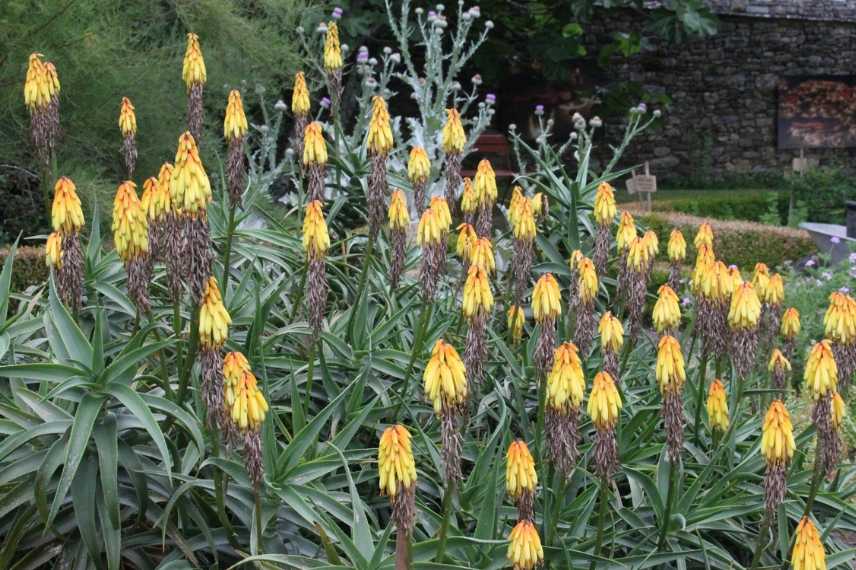
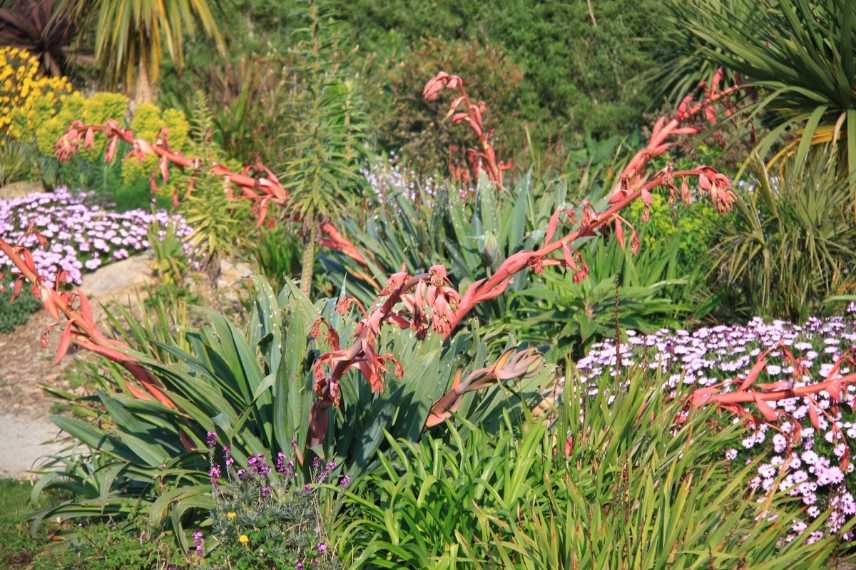
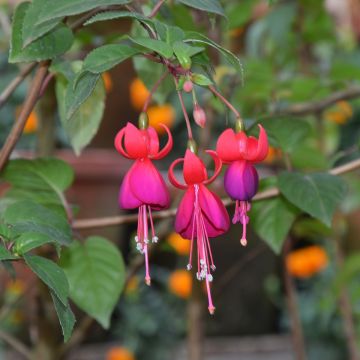
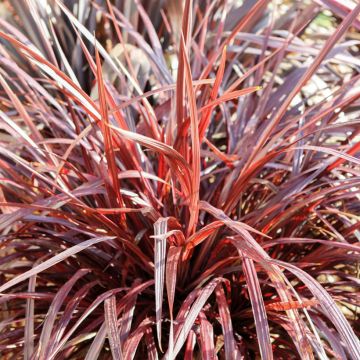
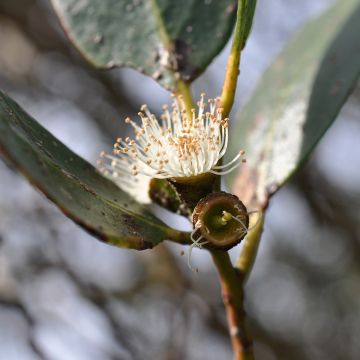
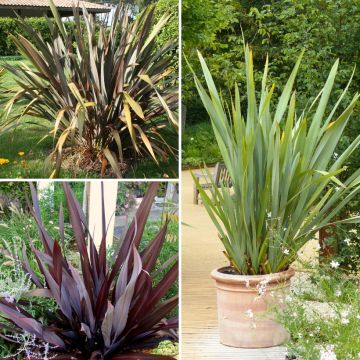

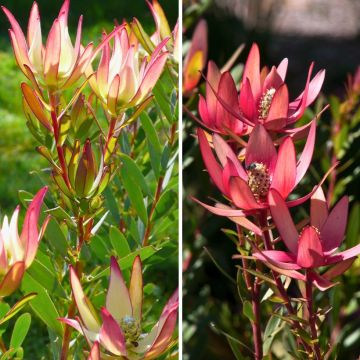
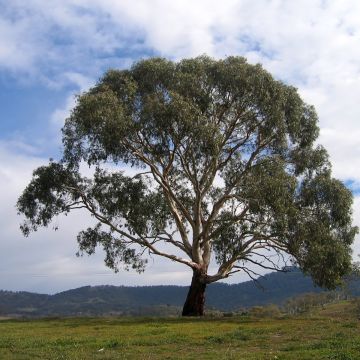

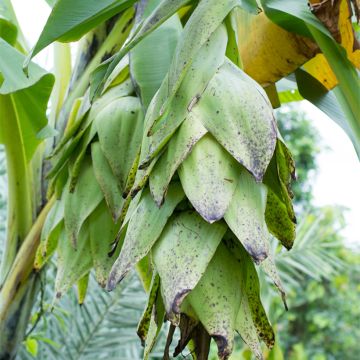



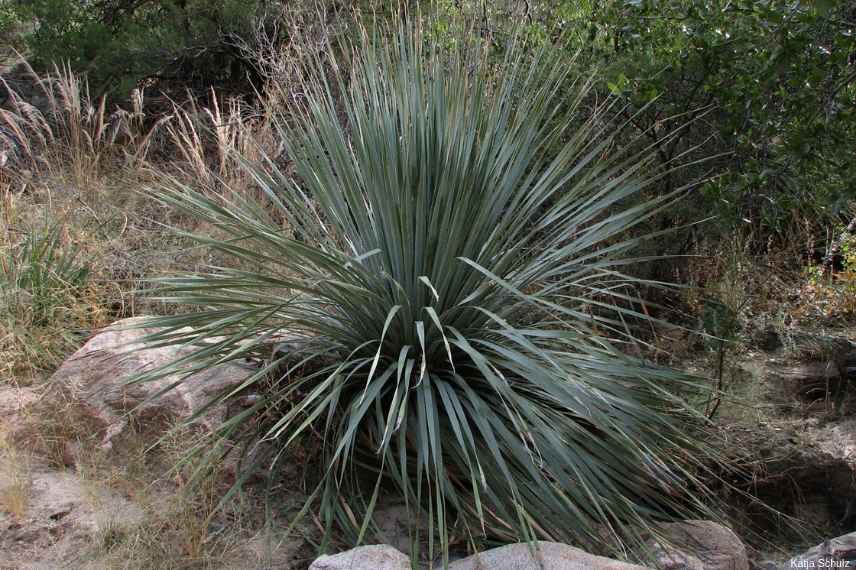
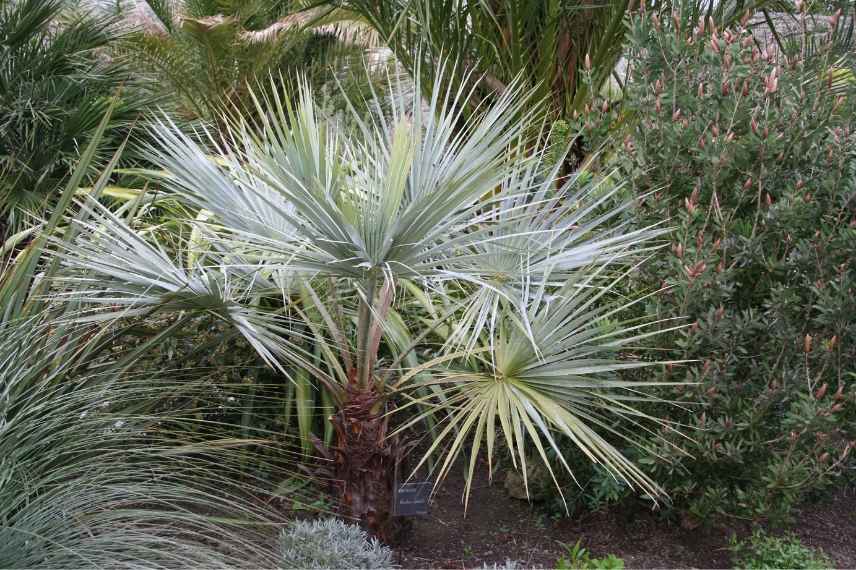
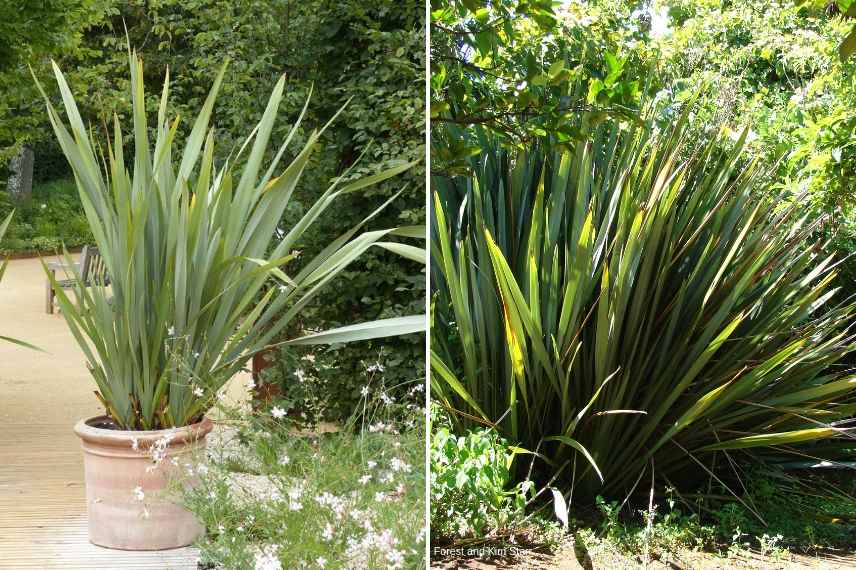
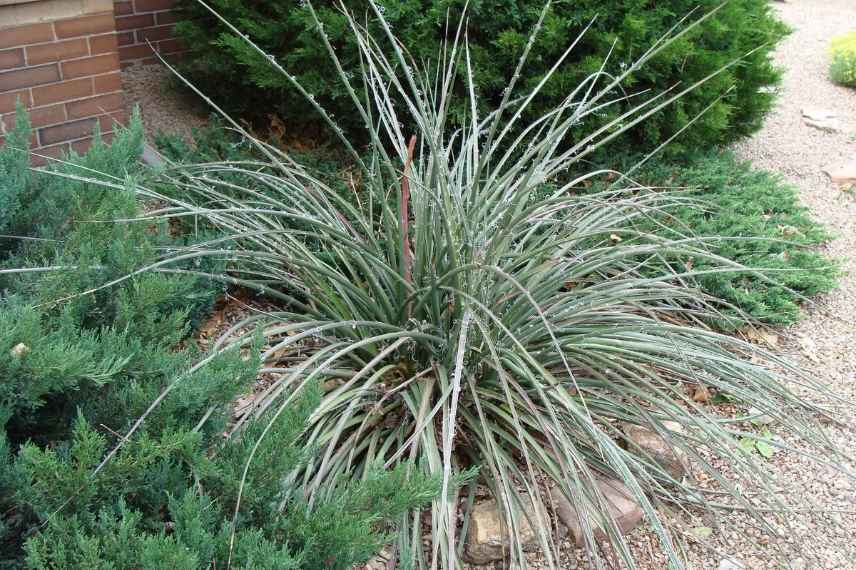
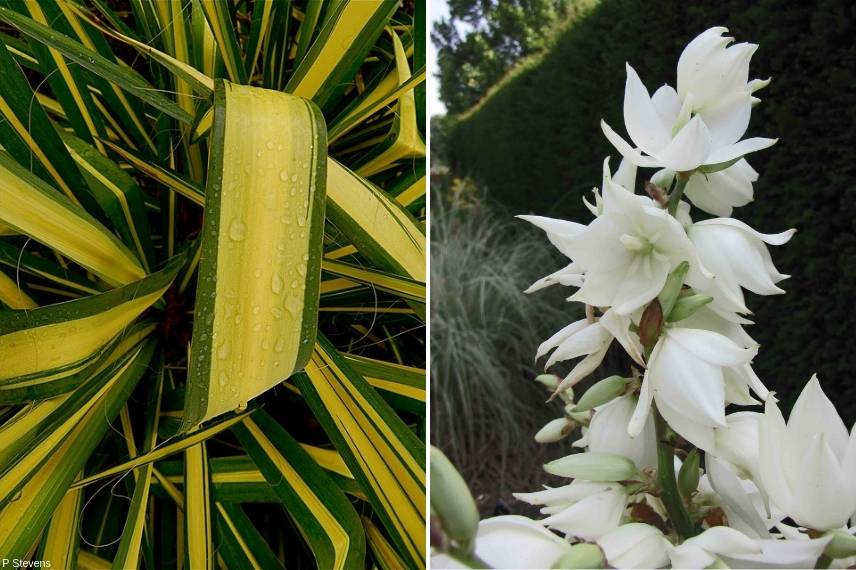
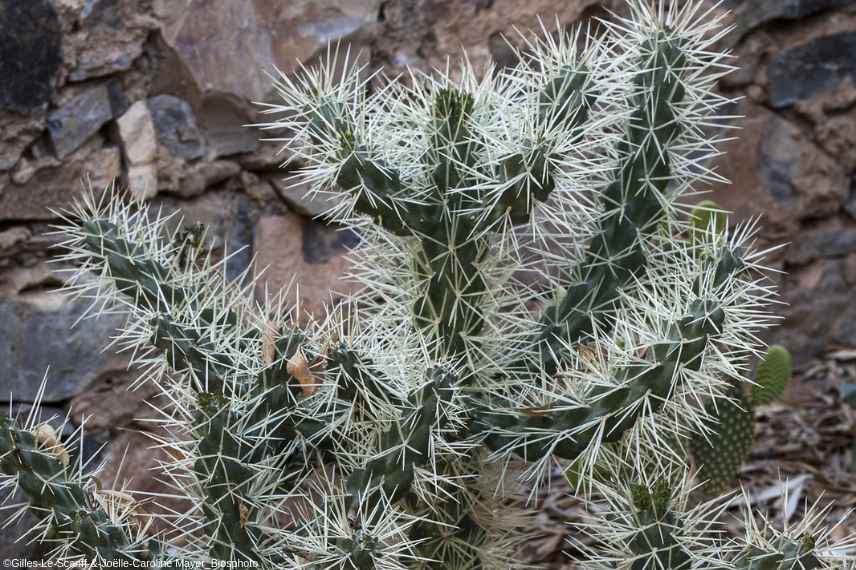
Comments